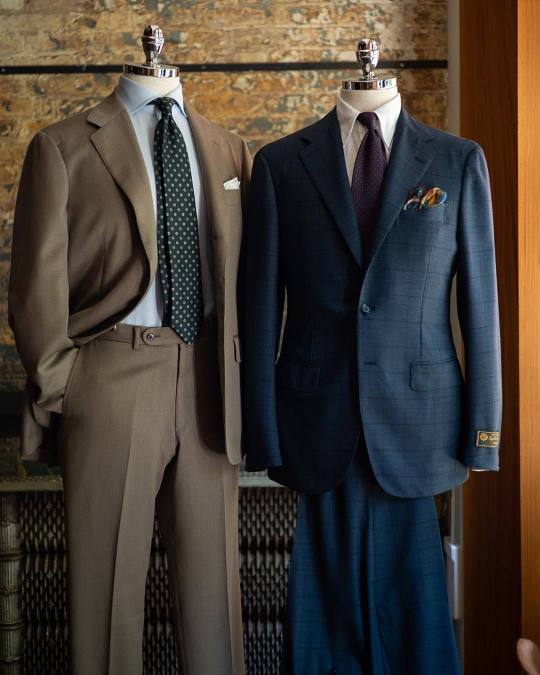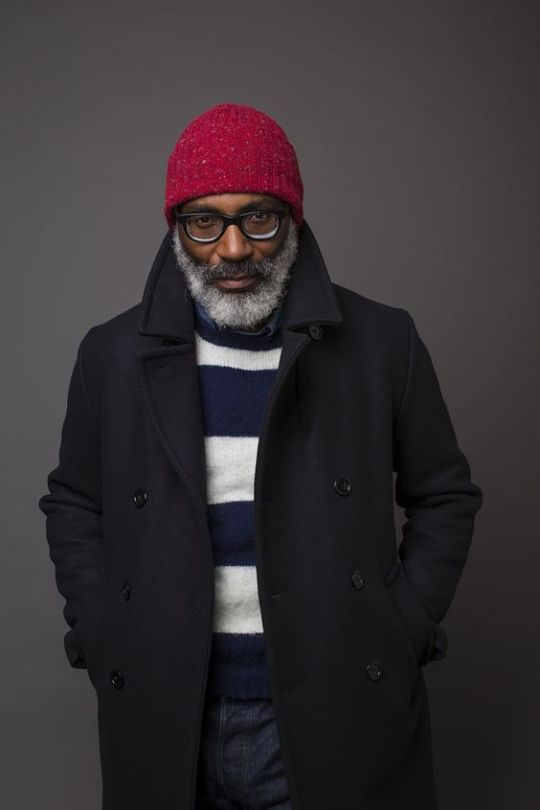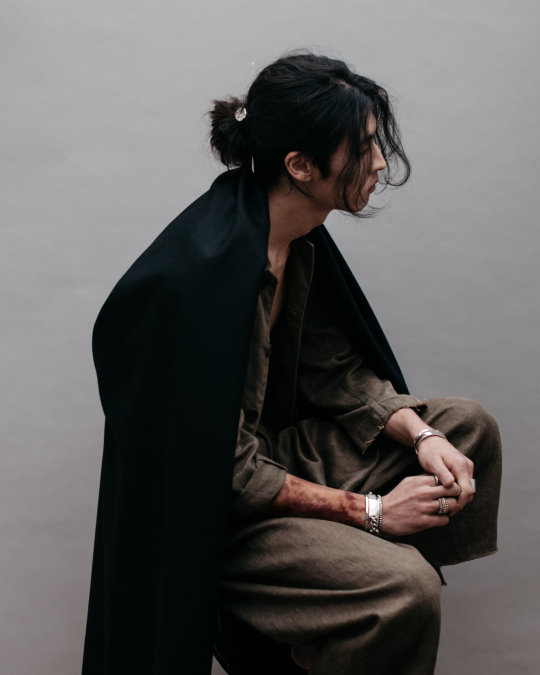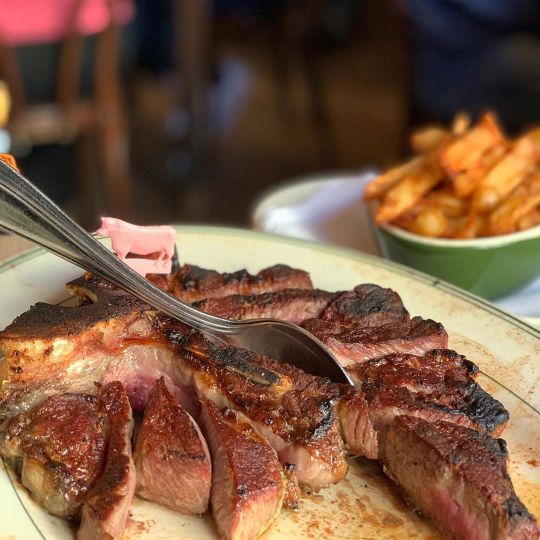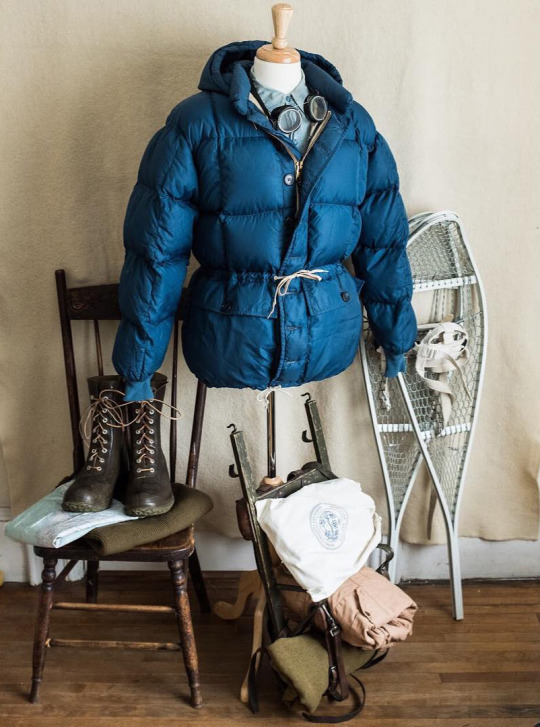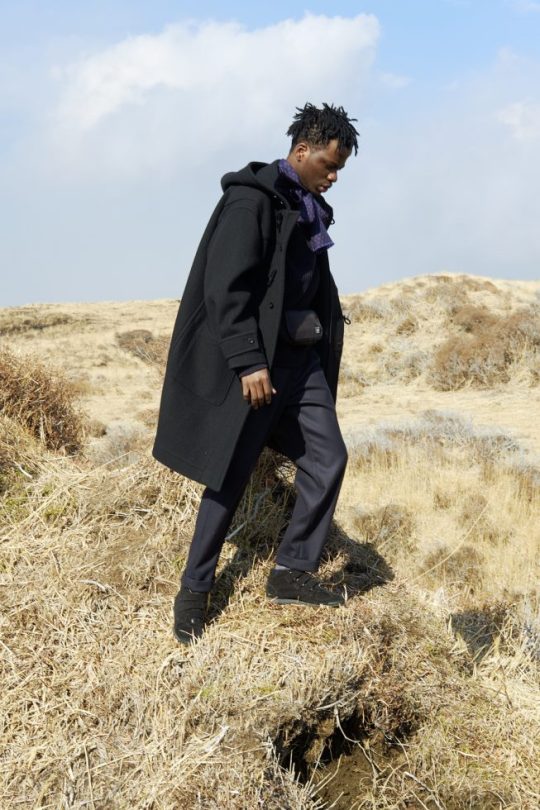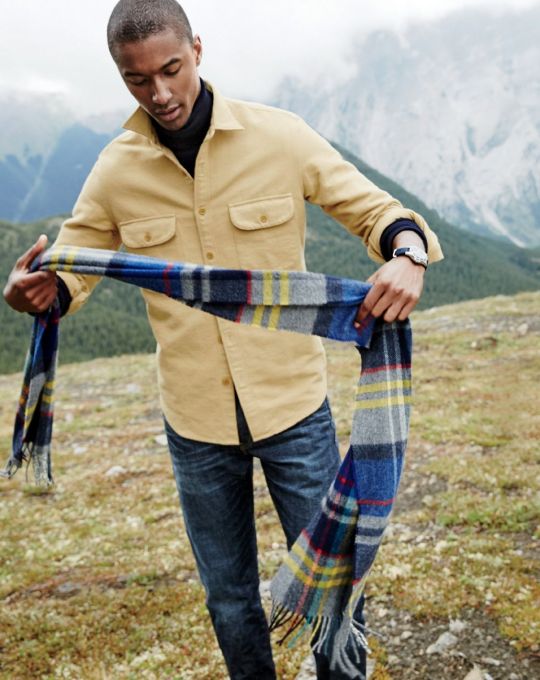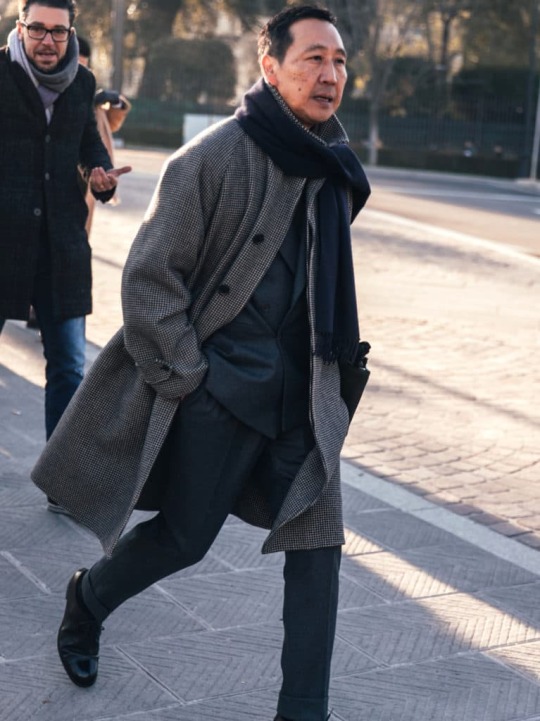Hearing From Small Businesses
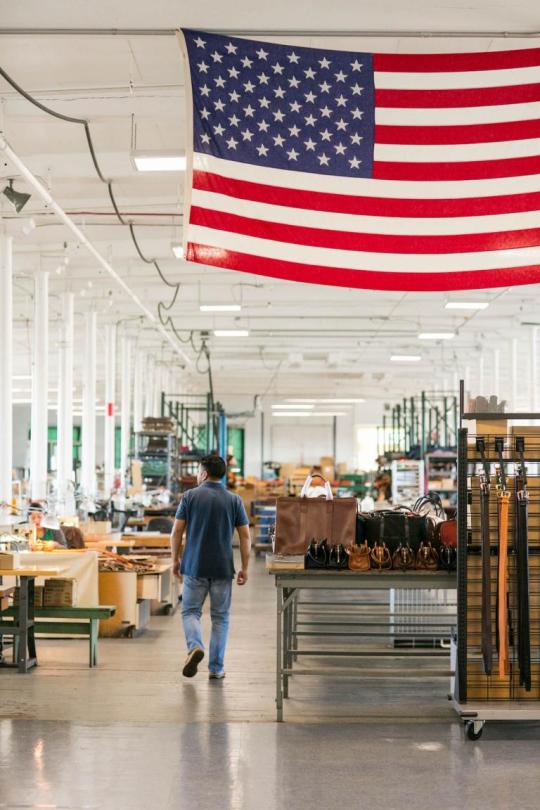
Last week, as I was reading Sendhil Mullainathan’s article in The New York Times about the importance of small businesses, I felt like I was reading my own story. Mullainathan is an Asian American who grew up in California, where his mother owned and operated a small video store. “She survived a major economic recession, two riots that rumbled past her window, and even the opening of a Blockbuster nearby,” he writes. Eventually, however, her business succumbed to the changing times. When her customers moved on, she felt she was ready to let go too. The difference, as Mullainathan notes, is that there are hundreds of thousands of small businesses today under threat, but were flourishing just three weeks ago. Their owners are not yet ready to move on. Their customers want those businesses to continue. And more importantly, their employees want to work.
Mullainathan’s article made me think of how many people in the United States have experience either owning a small business or working for one. On the block where my parents ran their video store, there were other Vietnamese families just like us. I remember playing in the back alley with kids whose parents owned the neighboring grocery store, bakery, dentist office, chiropractic office, and phở restaurant (why nearly every Vietnamese commercial block has this same exact mix of businesses, I have no idea). “I take the plight of small-business people personally,” writes Mullainathan. “Perhaps you do, too.”
Over the weekend, I reached out to some people behind small menswear operations to see how they’re doing. These are the people behind bespoke tailoring workshops, ready-to-wear boutiques, and even factories. I’ve been worried sick about what the crisis will do to small businesses. Instead of wondering what challenges these people face, and how others can support them, I asked business owners directly. Notably, since this crisis is moving so quickly, some details have since changed (Kiya at Self Edge, for example, noted that the quarantine timeline was looking to be months, which is now uncertain). But the contours of these concerns remain largely the same. Here’s how seven small business owners are thinking about the crisis.
Keep reading

